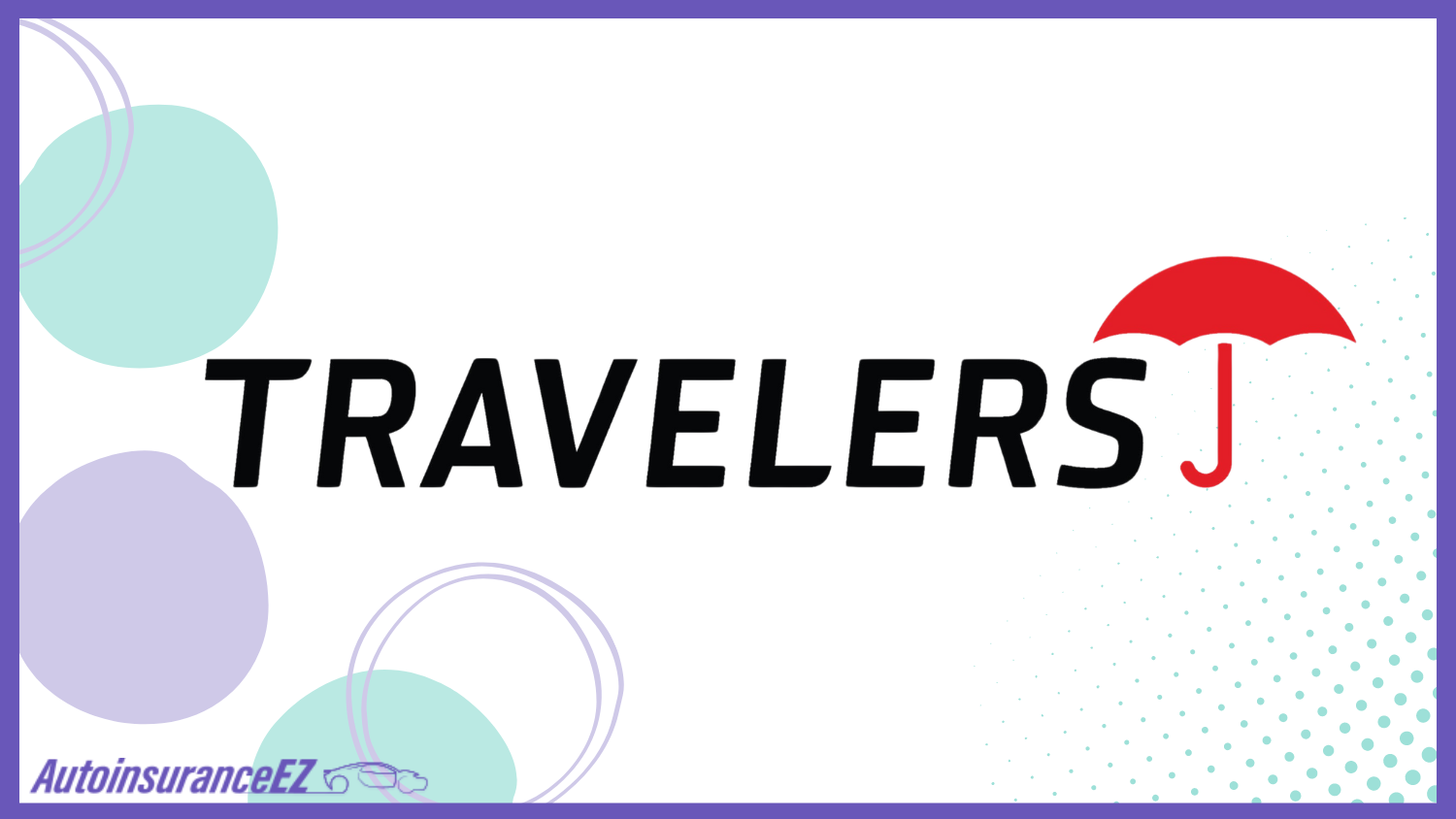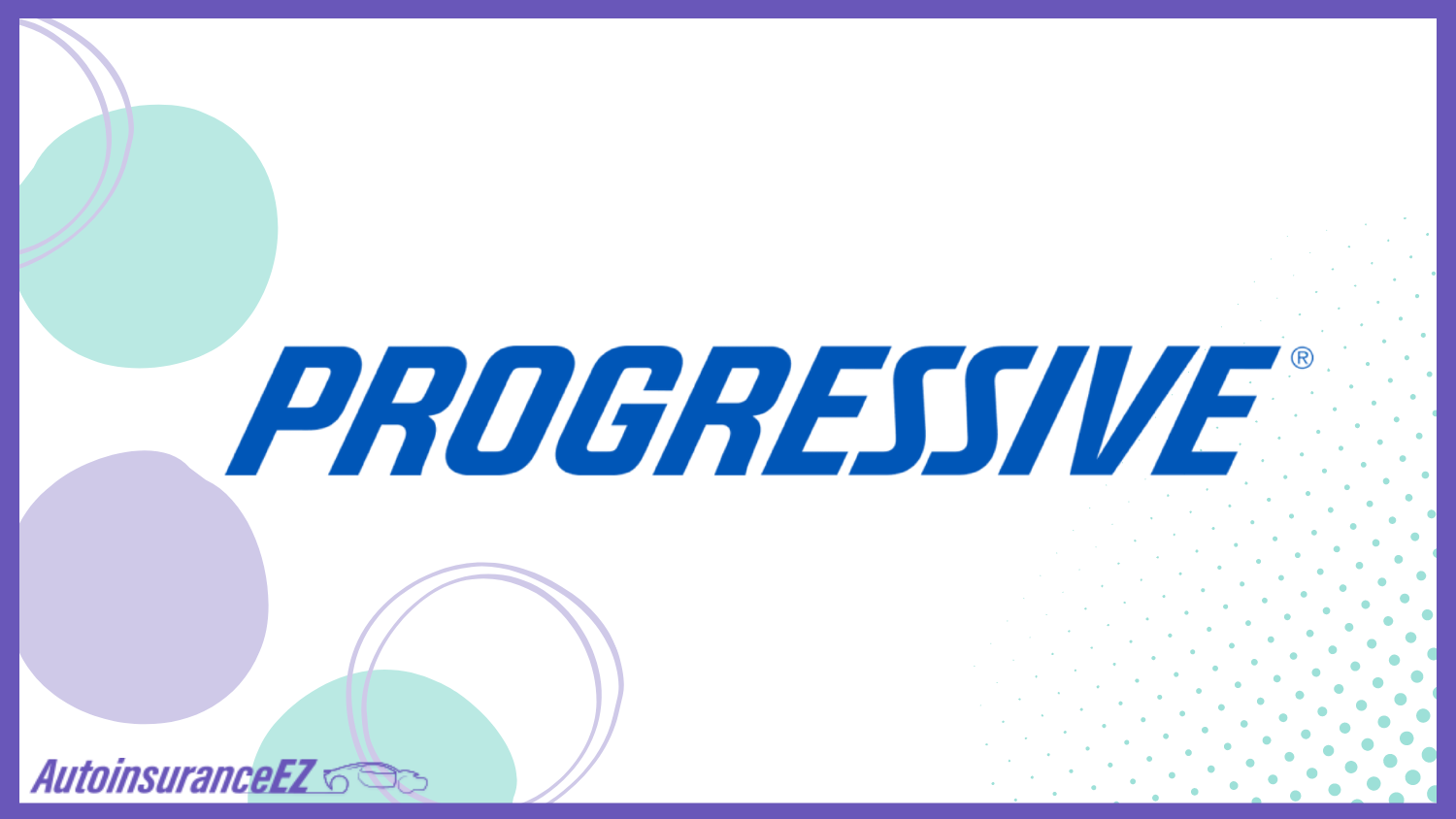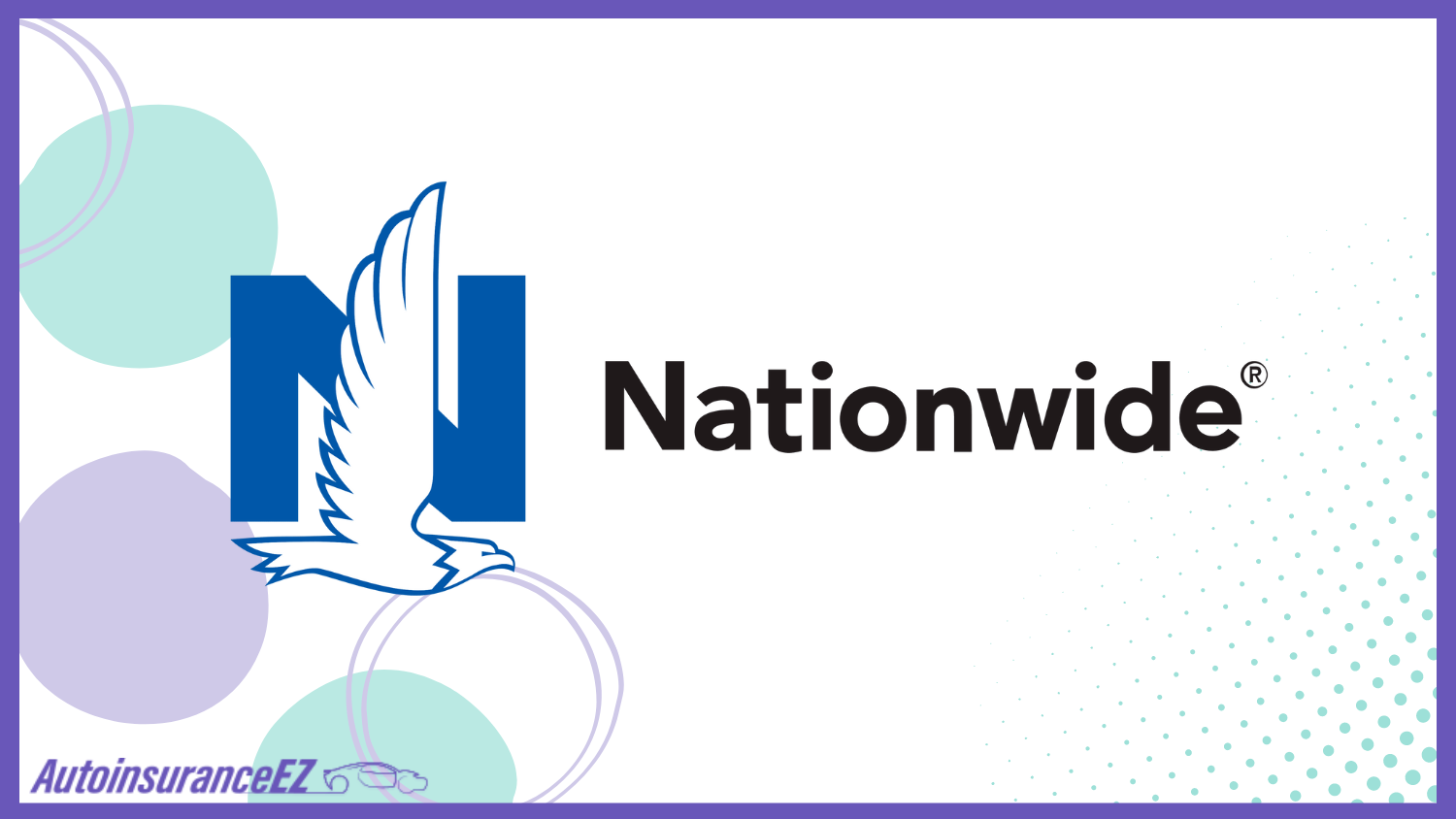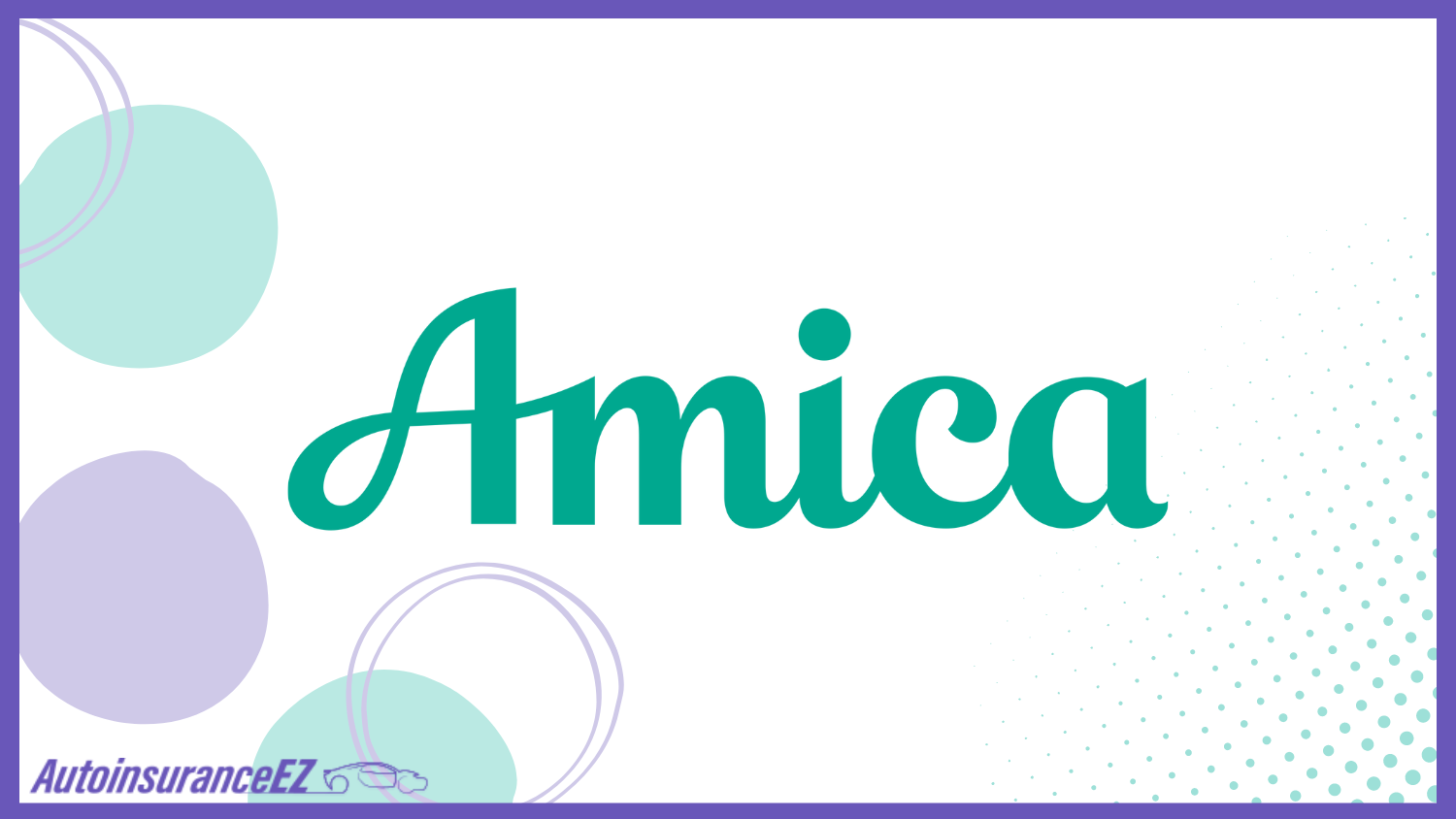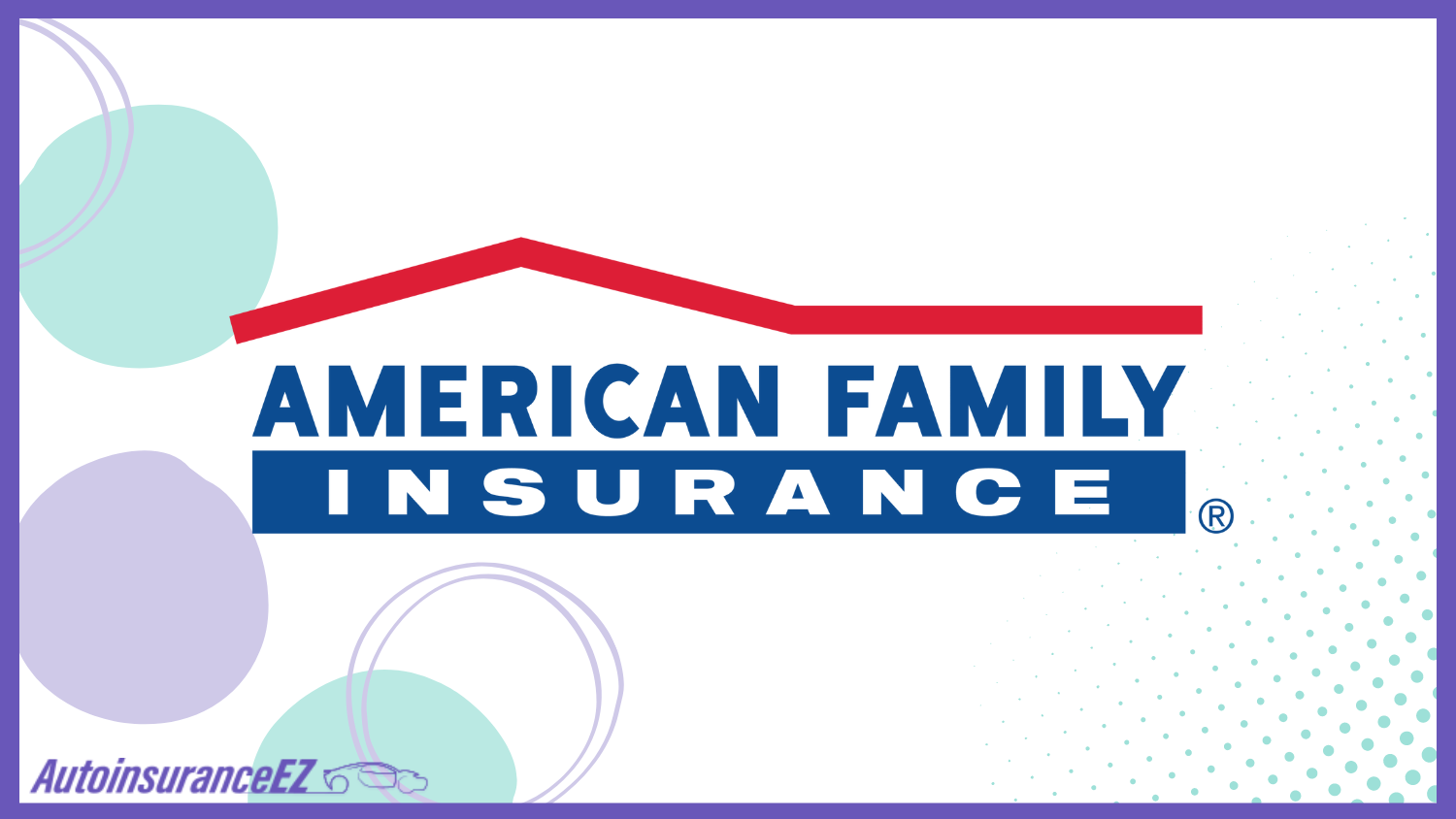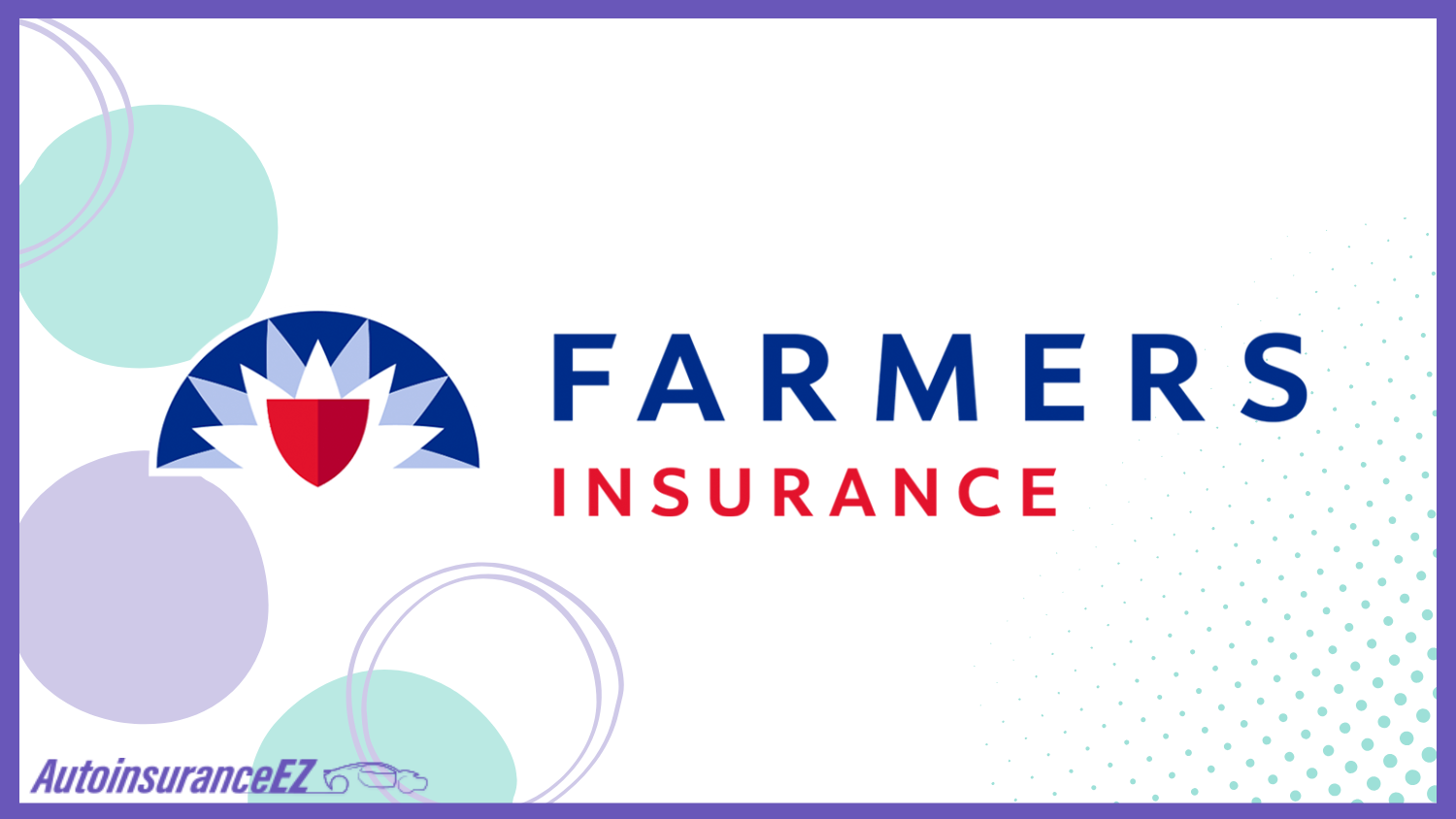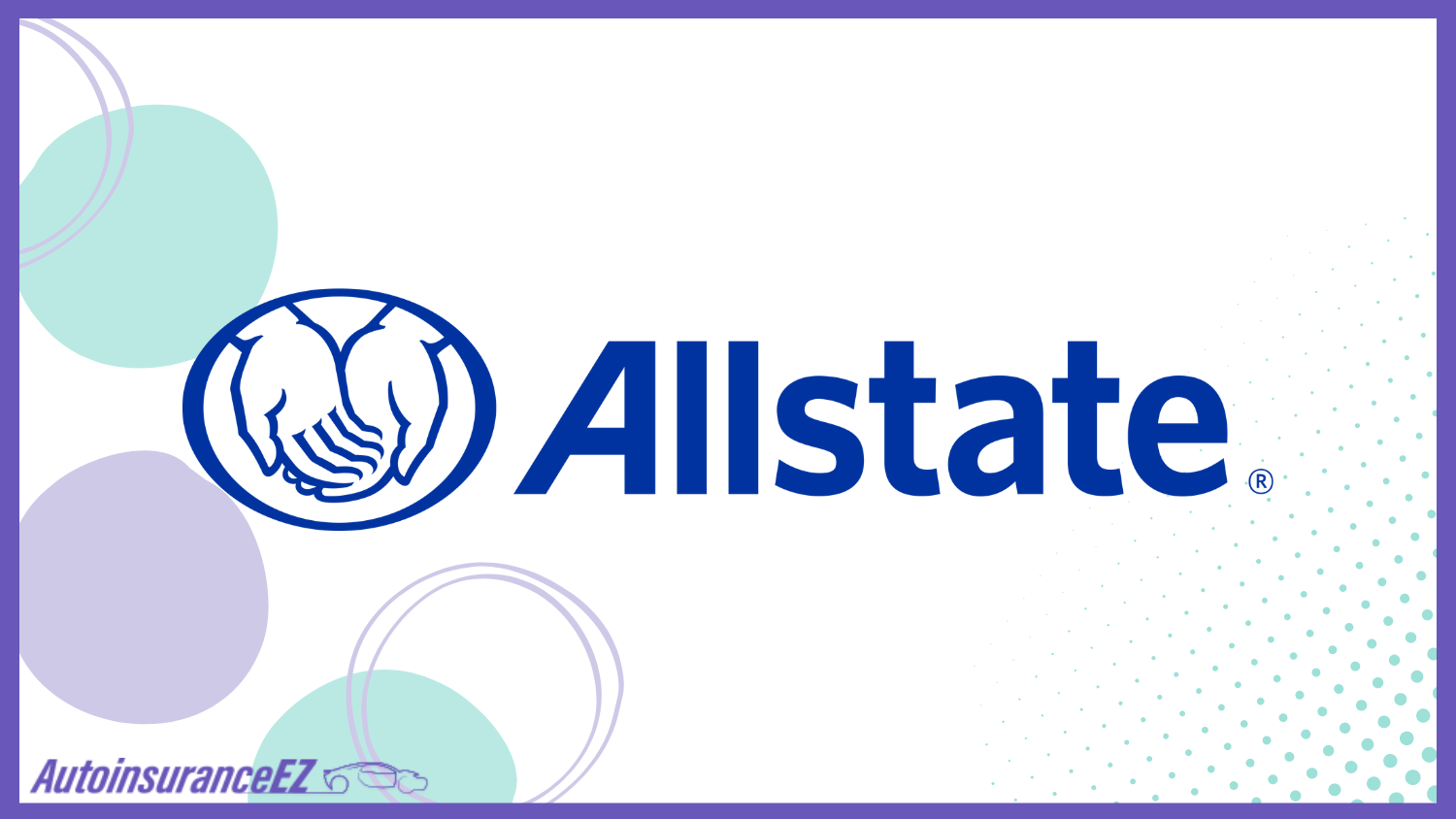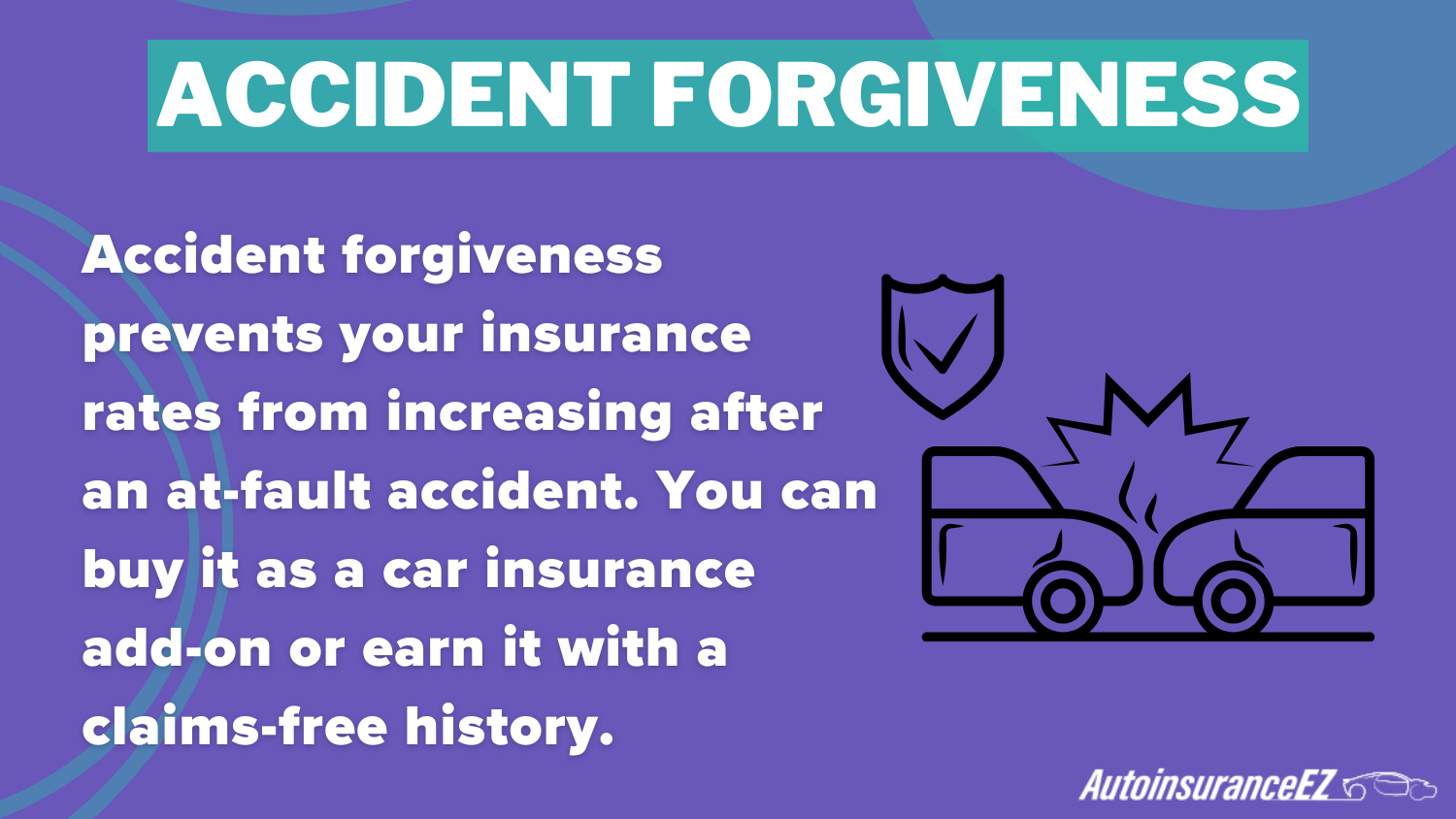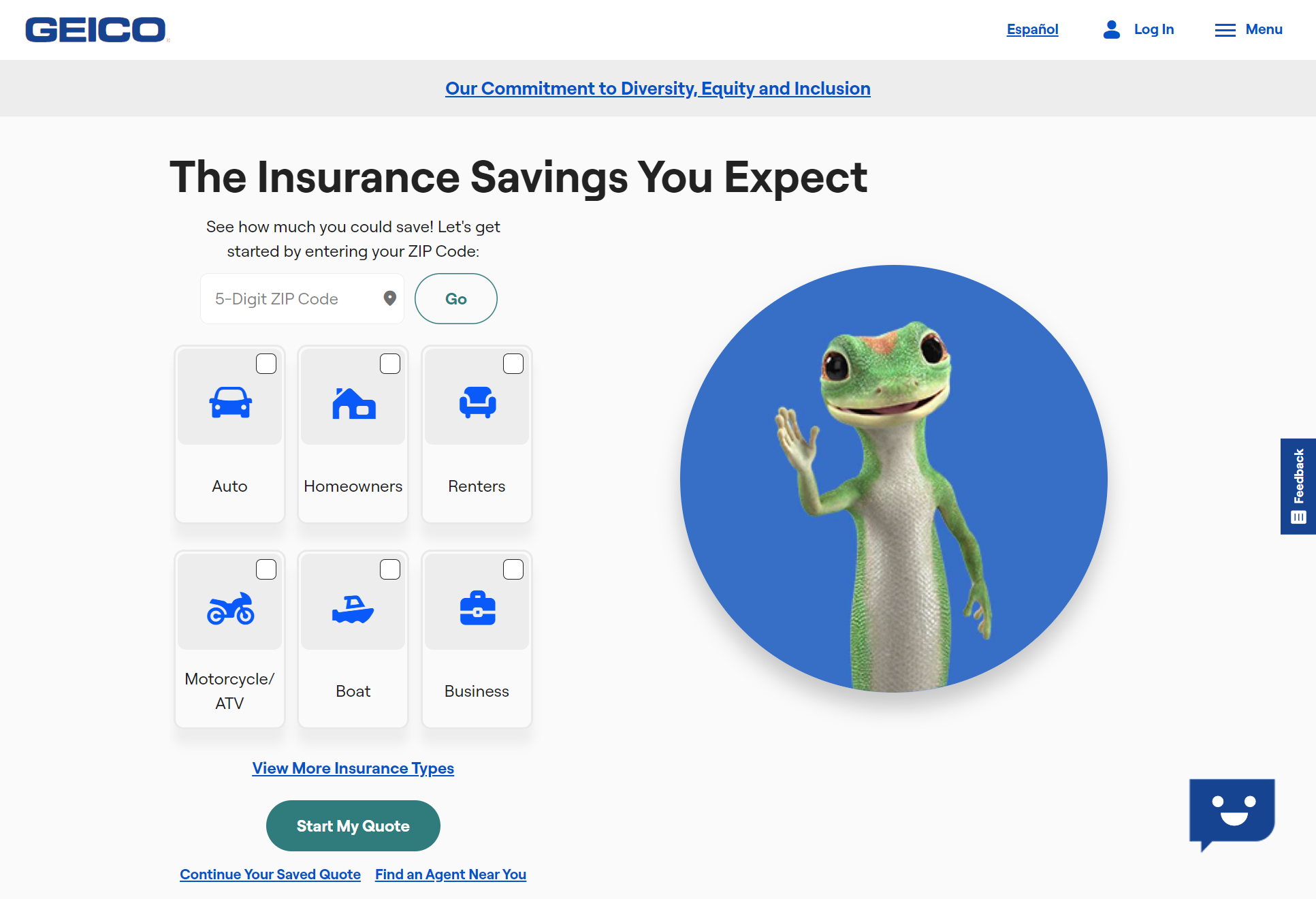Cheap Auto Insurance in Illinois for 2025 (Top 10 Low-Cost Companies)
Geico, State Farm, and Liberty Mutual provide the best cheap auto insurance in Illinois. Geico offers the lowest costs, starting at $18 a month, while State Farm is recognized for its solid local service. Liberty Mutual provides good discounts for economic coverage.
Free Auto Insurance Comparison
Enter your ZIP code below to compare auto insurance rates.
Secured with SHA-256 Encryption
Justin Wright
Licensed Insurance Agent
Justin Wright has been a licensed insurance broker for over 9 years. After graduating from Southeastern Seminary with a Masters in Philosophy, Justin started his career as a professor, teaching Philosophy and Ethics. Later, Justin obtained both his Property & Casualty license and his Life and Health license and began working for State Farm and Allstate. In 2020, Justin began working as an i...
Licensed Insurance Agent
UPDATED: Jan 28, 2025
It’s all about you. We want to help you make the right coverage choices.
Advertiser Disclosure: We strive to help you make confident insurance decisions. Comparison shopping should be easy. We partner with top insurance providers. This doesn’t influence our content. Our opinions are our own.
Editorial Guidelines: We are a free online resource for anyone interested in learning more about auto insurance. Our goal is to be an objective, third-party resource for everything auto insurance related. We update our site regularly, and all content is reviewed by auto insurance experts.
 19,116 reviews
19,116 reviewsCompany Facts
Minimum Coverage in Illinois
A.M. Best Rating
Complaint Level
Pros & Cons
 19,116 reviews
19,116 reviews 18,155 reviews
18,155 reviewsCompany Facts
Minimum Coverage in Illinois
A.M. Best Rating
Complaint Level
Pros & Cons
 18,155 reviews
18,155 reviews 3,792 reviews
3,792 reviewsCompany Facts
Minimum Coverage in Illinois
A.M. Best Rating
Complaint Level
Pros & Cons
 3,792 reviews
3,792 reviewsGeico, State Farm, and Liberty Mutual are the best for cheap auto insurance in Illinois. Geico leads the pack because of its unbeatable monthly rates, starting at just $18.
State Farm stands out because of its strong local presence and reliable service, while Liberty Mutual shines with attractive car insurance discounts. These providers vary their services by offering low rates, individualized attention, or savings.
Our Top 10 Company Picks: Cheap Auto Insurance in Illinois
| Company | Rank | Monthly Rates | A.M. Best | Best For | Jump to Pros/Cons |
|---|---|---|---|---|---|
| #1 | $18 | A++ | Low Premiums | Geico | |
| #3 | $25 | B | Local Presence | State Farm | |
 | #4 | $29 | A | Discount Options | Liberty Mutual |
| #5 | $33 | A++ | Competitive Rates | Travelers | |
| #6 | $34 | A+ | Flexible Coverage | Progressive | |
 | #7 | $36 | A+ | Broad Coverage | Nationwide |
| #2 | $38 | A+ | Dividend Payments | Amica | |
| #8 | $43 | A | Strong Discounts | American Family | |
| #9 | $45 | A | Custom Policies | Farmers | |
| #10 | $67 | A+ | Safe Driver | Allstate |
Quotes among them determine which companies will give you affordable coverage with the comprehensive aspects required in Illinois. Use our free comparison tool to see what auto insurance quotes look like in your area.
- Geico offers auto insurance in Illinois starting at $18/month
- State Farm and Liberty Mutual provide strong support and discounts
- Compare quotes to get the best Illinois auto insurance
#1 – Geico: Top Pick Overall
Pros
- Low-Cost Premiums for Illinois Drivers: Geico comes with the lowest mean price of $18 monthly in Illinois car insurance.
- Excellent Financial Strength: Geico boasts a well-known rating of A++ from A.M. Delve into the depths of our Geico auto insurance review for additional insights.
- Several Discounts: Geico provides a variety of car insurance discounts for Illinois residents, including options like multi-vehicle and safe driver discounts.
Cons
- Limited Local Agent Network: Geico may be less enticing to drivers in Illinois who want in-person support due to the lack of local agents.
- Exploring Your Car Insurance Options: Geico offers fewer choices than other insurers, so it’s important to compare options for auto insurance in Illinois.
Enter your ZIP code below to compare auto insurance rates.
Secured with SHA-256 Encryption
#2 – State Farm: Best for Local Presence
Pros
- Strong Local Presence in Illinois: State Farm has many local agents that would most likely be ideal for Illinois drivers who prefer personal attention.
- Solid Customer Service Reputation: State Farm has a good standing for reliable customer services and claims handling for auto insurance in Illinois.
- Add-On Coverage Options: Roadside assistance and rental car reimbursement are valuable options when comparing auto insurance rates in Berwyn, IL.
Cons
- Slightly More Monthly Premiums: Our State Farm auto insurance review shows an average premium of $25, which may lead to higher rates with Geico, depending on coverage and location.
- Lower Financial Rating: State Farm has received a B rating from A.M. Best, meaning its financial stability is lower than that of other providers in Illinois, which can compromise on the best Illinois auto insurance.
#3 – Liberty Mutual: Best for Discount Options
Pros
- Extensive Discount Options for Illinois Drivers: Liberty Mutual provides discounts, including bundling and good student discounts in Illinois.
- Strong Financial Rating: Liberty Mutual receives an A rating from A.M. Best, ensuring the financial stability of Liberty Mutual to the Illinois drivers.
- Customizable Coverage Packages: Liberty Mutual offers flexible choices to Illinois customers, such as new car replacements and roadside assistance.
Cons
- Higher Monthly Premiums Compared to Competitors: Liberty Mutual’s rates average $29 per month, higher than Geico and State Farm for Illinois drivers.
- Limited Local Presence: Like Geico, Liberty Mutual does not have a large footprint of local agents in Illinois. Explore further details in our Liberty Mutual auto insurance review.
#4 – Travelers: Best for Competitive Rates
Pros
- Competitive Monthly Rates for Illinois Car Insurance: Travelers offers auto insurance in Illinois starting at $33 per month. Rates depend on driving history, vehicle type, and coverage level.
- Excellent Financial Strength: Travelers’ A++ rating from A.M. Best assures Illinois drivers of its ability to handle claims.
- Robust Coverage Options: Travelers provides additional coverage options for Illinois drivers, such as gap insurance and accident forgiveness.
Cons
- Higher Premiums than Some Competitors: Travelers’ monthly premium is $33, more expensive than Geico’s rates in Illinois.
- Fewer Discounts Available: Travelers offers fewer discount opportunities than other insurers for Illinois drivers. Look at our Travelers auto insurance review for expanded insights.
Enter your ZIP code below to compare auto insurance rates.
Secured with SHA-256 Encryption
#5 – Progressive: Best for Flexible Coverage
Pros
- Flexible Coverage Choices for Illinois Drivers: Progressive provides add-ons like pet injury and custom parts coverage to satisfy Illinoisans’ diverse demands.
- User-Friendly Digital Tools: Progressive’s app and tools make managing your policy easier in Illinois. Get affordable car insurance in Bloomington, IL.
- Snapshot Program for Lower Rates: Progressive tracks driving habits like speed and braking to offer potential discounts to Illinois drivers for their safe driving.
Cons
- Moderately High Monthly Rates: Progressive’s average monthly premium of $34 for auto insurance in Illinois may be expensive for some drivers.
- Below-Average Local Presence: Progressive relies heavily on online services, which may not appeal to Illinois drivers preferring face-to-face assistance. Look at our Progressive auto insurance review for expanded insights.
#6 – Nationwide: Best for Broad Coverage
Pros
- Broad Coverage Options for Illinois Residents: Nationwide provides comprehensive collision coverage for Illinois drivers, including accident forgiveness and vanishing deductible.
- Highly Rated for Financial Stability: Nationwide holds an A+ rating with A.M. Best, which affirms sound strength for Illinois residents.
- Multi-Policy Discount: Illinois residents can save on premiums by bundling auto insurance with home or other policies with Nationwide.
Cons
- Higher Premiums than Competitors: At $36 per month, Nationwide’s auto insurance in Illinois is more expensive than Geico’s. Always Consider both cost and coverage when choosing a provider.
- Average Customer Satisfaction: While service is reliable, some Illinois drivers report slower-than-average claims resolutions. Get the full story by checking out our Nationwide auto insurance review.
#7 – Amica: Best for Dividend Payments
Pros
- Dividend Policy Options for Illinois Drivers: Amica offers dividend policies that pay back a part of premiums to the residents of Illinois.
- Intense Customer Satisfaction: Amica is known for excellent customer service and claims support for Illinois drivers.
- High Financial Rating: Amica’s A+ rating from A.M. Best ensures financial stability, making it a reliable auto insurance choice in Illinois.
Cons
- Higher Monthly Premiums: Amica auto insurance review reveals that its average premium of $38 is higher than other auto insurance in Illinois, like Geico, making it less affordable for some drivers.
- Limited Discounts: Discount opportunities are fewer compared to larger providers like Geico and Liberty Mutual, potentially impacting affordability for Illinois drivers.
Enter your ZIP code below to compare auto insurance rates.
Secured with SHA-256 Encryption
#8 – American Family: Best for Strong Discounts
Pros
- Strong Discount Programs for Illinois Residents: American Family offers discounts like safe driver discounts for Illinois drivers.
- Highly Rated Financial Stability: American Family’s A rating from A.M. Best assures Illinois drivers of its financial strength.
- Usage-Based Insurance Options: American Family’s Know Your Drive program lowers auto insurance rates in Illinois based on safe driving behavior.
Cons
- Higher Monthly Premiums: At $43 per month, American Family’s premiums are higher than other providers for Illinois drivers. Find out more by reading our American Family auto insurance review.
- Limited Digital Tools for Policy Management: American Family’s online tools are less robust than competitors for Illinois residents who prefer digital management.
#9 – Farmers: Best for Custom Policies
Pros
- Customizable Coverage for Illinois Drivers: Farmers provides many customizable policies to fit Illinois citizens’ needs.
- Good Customer Service: Illinois drivers seeking auto insurance in Lake Moor can count on Farmers for reliable claims support and responsive customer service assistance.
- Available Bundling Discounts: Farmers offer discounts for bundling auto with other policies, benefiting Illinois residents looking for savings.
Cons
- Higher Average Monthly Rates: Farmers’ auto insurance review shows an average monthly rate of $45, higher than competitors. It may not suit those seeking affordable coverage in Illinois.
- Limited Local Agent Network: Farmers have fewer agents in Illinois, making it harder to get quotes, understand policies, and handle claims for auto insurance in Illinois.
#10 – Allstate: Best for Safe Driver Discounts
Pros
- Safe Driver Discounts for Illinois Residents: Allstate offers driver discounts to help Berwyn, IL, residents lower their auto insurance rates by maintaining a clean driving record.
- High Financial Stability Rating: Allstate holds an A+ rating from A.M. Best, ensuring Illinois drivers that claims will handled reliably.
- Comprehensive Coverage Options: Allstate Insurance in Lake Moor offers all comprehensive coverage options for Illinois drivers’ new car replacements and accident forgiveness, among others.
Cons
- Significantly Higher Premiums than Competitors: At $67 per month, Allstate’s rates are much higher than other providers for Illinois drivers.
- Fewer Discounts Compared to Competitors: Allstate offers fewer discount opportunities than other Illinois insurance providers. Obtain further insights from our Allstate auto insurance review.
Enter your ZIP code below to compare auto insurance rates.
Secured with SHA-256 Encryption
Illinois Car Insurance Coverage and Rates
The kind of coverage and provider impact Illinois auto insurance premiums. Allstate charges $176 monthly for full coverage, while Geico offers the lowest minimum coverage pricing at $18 monthly.
Illinois Auto Insurance Monthly Rates by Provider & Coverage Level
| Insurance Company | Minimum Coverage | Full Coverage |
|---|---|---|
| $67 | $176 | |
| $43 | $114 | |
| $38 | $102 | |
| $45 | $117 | |
| $18 | $47 | |
 | $29 | $76 |
 | $36 | $93 |
| $34 | $89 | |
| $25 | $64 | |
| $33 | $87 |
State Farm and Progressive provide competitive rates, with minimum coverage amounts beginning at $25 and $34, respectively. Full coverage offers more protection, but the cost is higher. Select coverage according to your needs and budget.
Illinois Auto Accident & Insurance Claim Statistics
Premiums depend on driving history, age, vehicle type, and location. Clean records lower rates, while factors like a 13% uninsured driver rate and a $5,500 average claim cost emphasize the need for adequate coverage.
| Factor | Value |
|---|---|
| Accidents per Year | 1,500 |
| Claims per Year | 1,200 |
| Average Claim Cost | $5,500 |
| Percentage of Uninsured Drivers | 13% |
| Vehicle Theft Rate | 250 thefts/year |
| Traffic Density | Moderate |
| Weather-Related Incidents | Low |
Providers like Progressive and State Farm offer features like accident forgiveness, preventing premium increases after your first at-fault accident.
To save, increase deductibles, use discounts, and compare provider rates to find affordable, reliable coverage that meets your needs. Find your cheapest auto insurance quotes by entering your ZIP code into our free comparison tool.
Illinois’ Minimum Coverage
In Illinois, auto insurance is a legal requirement because of the state’s “fault” system, which requires the irresponsible driver to reimburse the costs of injuries and property damage. The Minimum car insurance requirements for auto insurance are $20,000 for property damage, $50,000 for multiple injuries or fatalities, and $25,000 for personal injury or death.
Also, you will require uninsured motorist (UM) coverage to match the liability limits, which will protect you if you are in an accident with an uninsured driver who is at fault. While liability coverage meets the state’s minimum requirements, it doesn’t cover your vehicle or injuries if you’re responsible for the accident. Optional comprehensive or collision coverage is available to cover vehicle damage and medical costs.
Illinois drivers must meet minimum insurance requirements, including liability and uninsured motorist coverage, to ensure financial protection in case of an at-fault accident.
Chris Abrams Licensed Insurance Agent
It also varies, but Geico is usually recommended since it charges the lowest average rates available, starting as low as $18 a month for the average car insurance in Illinois. Explore your auto insurance options by entering your ZIP code into our free comparison tool below today.
Enter your ZIP code below to compare auto insurance rates.
Secured with SHA-256 Encryption
Best Illinois Car Insurance Companies
Due to the various discounts offered by companies like Allstate, American Family, and State Farm, selecting the best Illinois auto insurance can be challenging. Discounts for anti-theft devices, bundling, safe driving, and good students are typical; Geico and Progressive provide extra savings for defensive driving and multi-car insurance.
Auto Insurance Discounts From the Top Providers in Illinois
| Insurance Company | Available Discounts |
|---|---|
| Drivewise, Bundling, Safe Driver, Anti-Theft, Good Student, New Car | |
| Bundling, Good Student, Loyalty, Low Mileage, Defensive Driving, Early Bird | |
| Bundling, Safe Driver, Good Student, Homeowner, Loyalty, Pay-in-Full | |
| Signal, Bundling, Good Student, Safe Driver, Multi-Car, Homeowner | |
| Bundling, Defensive Driving, Military, Good Student, Anti-Theft Device, Multi-Vehicle | |
 | Bundling, Early Shopper, Good Student, Multi-Vehicle, Anti-Theft, New Car |
 | SmartRide, Bundling, Good Student, Multi-Car, Anti-Theft, Paperless Billing |
| Snapshot, Bundling, Safe Driver, Multi-Policy, Good Student, Homeowner | |
| Bundling, Steer Clear, Safe Driver, Good Student, Multi-Vehicle, Defensive Driving | |
| Bundling, Safe Driver, Continuous Insurance, Multi-Policy, Good Payer, Green Vehicle |
The average premium is $432, while Safeco and State Farm offer the lowest rates, at $189 and $194, respectively. Geico and Progressive provide competitive prices of $230 and $293.
Illinois Auto Insurance Monthly Rates by Provider
| Company | Rates |
|---|---|
| $432 | |
| $317 | |
| $381 | |
| $230 | |
 | $252 |
| $293 | |
| $189 | |
| $194 | |
| $207 | |
| $231 |
Comparing discounts and rates is essential for finding the best coverage and savings. Use our free comparison tool to see what auto insurance quotes look like in your area.
Illinois’ Additional Liability Coverage
Illinois law requires liability insurance. However, considering the percentage of uninsured and underinsured drivers, more coverage is needed.
Illinois Additional Liability Coverage
| Coverage | 2022 | 2023 | 2024 |
|---|---|---|---|
| Medical Payments (MedPay) | 5% | 5% | 5% |
| Personal Injury Protection (PIP) | 8% | 8% | 8% |
| Uninsured/Underinsured Motorist | 12% | 12% | 12% |
MedPay and PIP provide medical expenses and lost wages. From 2022 to 2024, there was a 5% increase in MedPay, 8% in PIP, and 12% in UM/UIM, showing their significance.
Illinois Report Card: Auto Insurance Premium
Illinois auto insurance gets an “A” for coverage, an “A-” for affordability through bundling and safe driving discounts, and a “B+” for premiums with prices consistent with those across the country.
Illinois Report Card: Auto Insurance Premium
| Category | Grade | Explanation |
|---|---|---|
| Coverage Options | A | Wide range of coverage options available |
| Discounts Offered | A- | Various discount options for safe driving and bundling |
| Affordability | B+ | Premiums are moderate compared to the state average |
| Customer Satisfaction | B | Customer reviews are generally positive |
Customer satisfaction is rated “B,” with generally positive feedback. Overall, Illinois provides balanced coverage, discounts, and competitive pricing. Use our free comparison tool to see what auto insurance quotes look like in your area.
Enter your ZIP code below to compare auto insurance rates.
Secured with SHA-256 Encryption
Find the Cheapest Insurance in Illinois Cities
Finding cheap auto insurance in Illinois is crucial to getting the right coverage at a competitive price. Insurance premiums vary throughout places; therefore, it’s most important to understand how local factors can influence your costs.
Whether you live in Chicago or some other small town like Braidwood, this can help you discover the best deal on your car insurance.
- Consider Local Factors: Insurance premiums might vary based on geography, traffic density, and accident frequency. When looking for coverage in your location, you must consider these local factors.
- Choose Your City: Select your city to compare the average insurance rates and find out what options are available where you live. For example, car insurance in Braidwood may differ from that in larger cities.
- Review Average rates: Once you’ve chosen your city, review the average auto insurance rates to understand what you can expect and identify affordable options that meet your needs.
- Select Your Coverage Level: Choose the level of coverage that best suits your needs. For example, automobile liability coverage is less expensive, but full coverage provides more protection at a much higher premium.
- Compare Providers & Secure Coverage: Compare top-rated providers offering competitive rates in your area. Don’t forget to ask about discounts that could help lower your premiums. Once you’ve found the right option, secure your insurance for the best protection.
Now, you can be sure to have affordable and dependable car insurance in Illinois while you are on the road worry-free. From a booming city like Chicago to a relatively quiet place like Peoria, this guide will give you the information to compare rates to obtain the best available deal on car insurance in your location.
Top Affordable Auto Insurance Providers in Illinois
Geico, State Farm, and Liberty Mutual have made finding cheap car insurance in Illinois easy. The most affordable rates are found through Geico, which starts at as low as $18 per month, while State Farm stands out for personalized service from local agents. Liberty Mutual offers excellent discounts so drivers can save on premiums.
Illinois drivers can find the best deals by comparing quotes and adjusting coverage. Taking advantage of a safe driver discount and other available discounts can further reduce costs, whether opting for basic or comprehensive coverage. Find the best auto insurance company near you by entering your ZIP code into our free quote tool.






